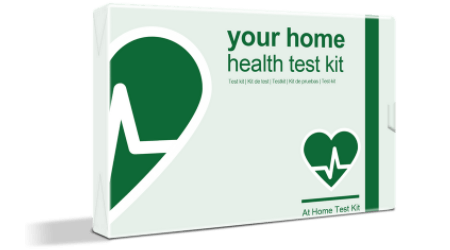Occasionally, digestive disorders may be due to food intolerance or particular foods. So when we talk about food intolerance, it’s a type of hypersensitivity (non-allergic) that can be caused by various aspects such as immunological, toxic, enzymatic, etc. and can negatively affect the metabolism.
Testing for food intolerance will help us know what to do if we suspect intolerance.
1) Food intolerance test
How do we know if we are suffering from intolerance? To detect food intolerance, it is necessary to take a food intolerance test that will analyze the reaction of the customer’s intolerance levels to a number of foods (analysing up to 725 food items). Once you have completed your intolerance test you can start to eliminate the foods which are listed as intolerances on your report
2) Allergy or intolerance?
We must distinguish between allergies and intolerances. Allergies cause very fast reactions after eating the food, but intolerance often causes a slow and delayed reaction. The main symptoms of food intolerance may be: migraines, insomnia, anxiety, apathy, constipation, water retention, abdominal pain, asthma, rhinitis, hair loss, eczema, and chronic fatigue. Now, food intolerances are reversible problems. The body can recover and detoxify, even with time, it is possible to be able to eat these foods again without problems.
3) What are the most common food intolerances?
The two most common causes today are lactose and gluten. These include products made from wheat, oats, barley, and rye. Fructose and histamine intolerances are also very common.
4) Can it be a weight loss tool?
There may be people who have more difficulty losing weight because of foods that block their bodies (eg, water retention), making it much more difficult for them to have adequate weight. However, the intolerance test is not a tool to lose weight, but to get a more accurate treatment.
For more information on allergy testing and what is involved in a food intolerance test is listed here.

